
Heritage Harbours - Key Aims
Heritage Harbours and Heritage Inland Ports are places that support the UK’s national fleet of historic vessels and whose heritage and environment are actively promoted by the local community.
The following 10 goals represent a shared approach by partners to help them survive and thrive.
1. If you like historic vessels, keep working yards and workshops open
Maritime heritage is about more than vessels – working yards, drydocks, harbourside facilities , buildings and history sites are interdependent. A surviving boatyard or drydock may look rather “industrial” but is vital to attract and retain historic vessels as is the space for related craft based businesses which can be a visitor attraction in themselves.


2. Ensure new development improves access from town to harbour.
Retaining and opening up connections between waterfronts and the town centre is vital; good access on foot and by vehicle helps business and heritage and should be included in local plans. Studies with local authority input can help support this. Waterside housing is highly sought after but should allow for operational space for vessels. Enforceable Planning Conditions should require this as well as improved public access.
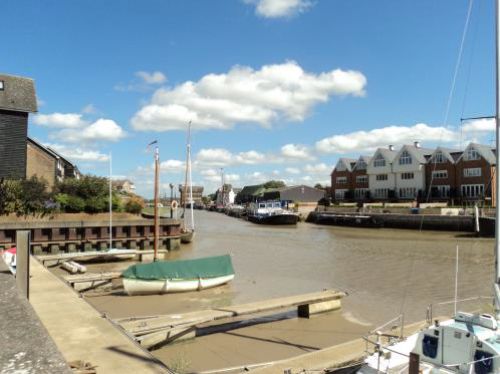
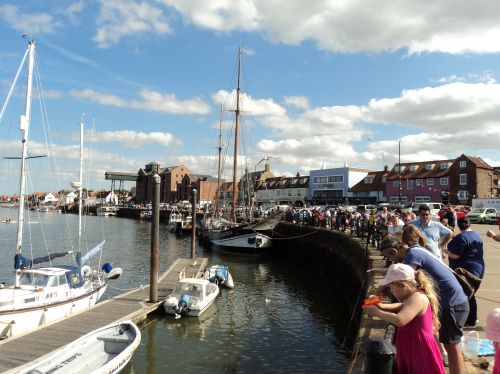
3. Retain quayside open space and keep harbour facilities working
Retaining and opening up connections between waterfronts and the town centre is vital; good access on foot and by vehicle helps business and getting policies into a Local Plan (or getting a Supplementary Planning Document adopted) is a secure way of ensuring the relationship between water and land is maintained. Studies with local authority input can help support this. Redevelopment of waterfront sites for housing should improve public access, safeguard heritage features and allow for operational space for vessels.
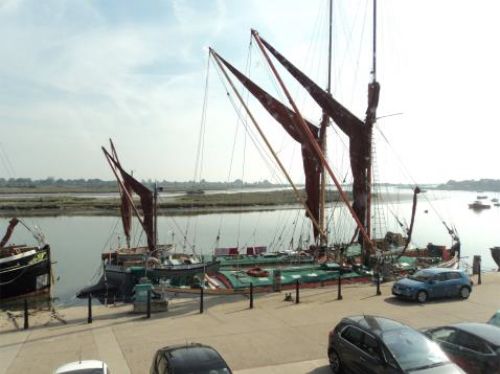
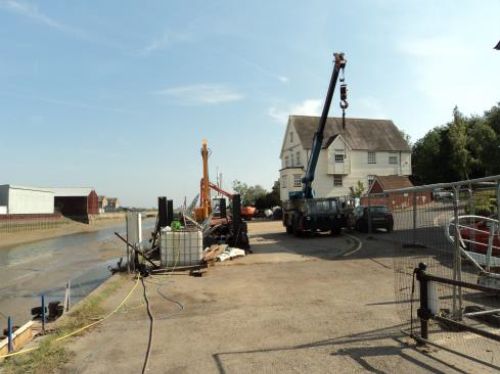
4. Safeguarding heritage in redevelopment
When a building becomes redundant the challenge is to find viable re-use or retain key features through redevelopment. Reuse also saves embodied carbon https://historicengland.org.uk/images-books/publications/energy-efficiency-and-traditional-homes-advice-note-14/ Developing or adding to the local list of significant buildings and structures, working alongside the local authority and Conservation Officer will also help safeguard heritage in planning decisions. Where relevant, apply for a building or feature to be assessed for national designation. https://historicengland.org.uk/listing/apply-for-listing/

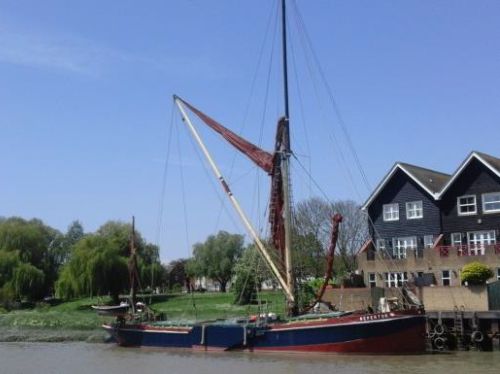
5. Influence local planning decisions
Safeguarding a Heritage Harbour, particularly in terms of possible uses of different sites is often a matter of local planning – particularly developing a vision of what is wanted. Ensuring that the harbour heritage is well reflected can be strengthened through community action, including preparation of a Neighbourhood Plan. This will have more weight if it includes a larger area than just the harbour so that it can have greater influence on new development.

6. Increase public access all along the waterfront
Local green and blue open space is now valued more than ever and recognized for health and well-being benefits to the whole community. Projects to extend public access to enable greater enjoyment of the waterway and provide walks and trails attract wider local support as well as benefiting maritime heritage.

7. Connect with new people through community engagement
Heritage Harbours can only be sustained in the future if the wider community benefits from cultural events, educational projects and more opportunities for activities on the waterway such as rowing, sailing and watersports. Heritage Harbours are well placed to promote and develop best use of the waterspace.
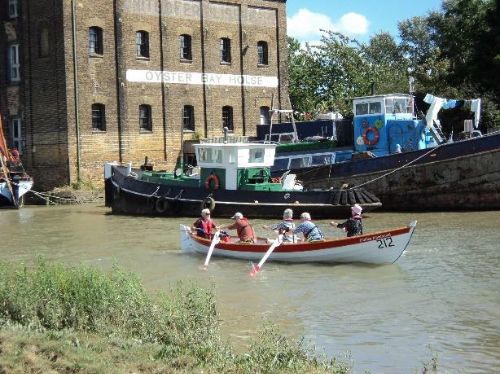
8. Restore a living waterway
The health of waterways and the coastal environment in terms of biodiversity, water quality and the impact of climate change are key concerns for the future. Promoting wider use of the harbour waterway increases support for improving the environment, including action on water quality, safeguarding of key nature conservation sites and creation of new habitats.
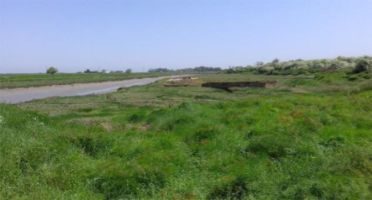
9. Tell the story
Most harbours have a rich economic, social and cultural history which can be researched in local museums and archives and archaeological projects. Researching and promoting this through a variety of accessible, cultural programmes is a key priority for Heritage Harbours. Outputs could range from online and self-guided trails, information boards on converted buildings to much more ambitious artist-led events that interpret the area’s past

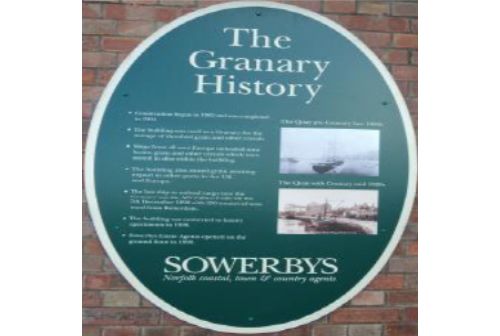
10. Work together
Many aspects of promoting and developing a Heritage Harbour will require co-operation and partnerships with a wide range of local and community organisations – waterfront and maritime businesses, charities, groups and individuals with a maritime focus. The wider the input the greater the support as the project develops.
